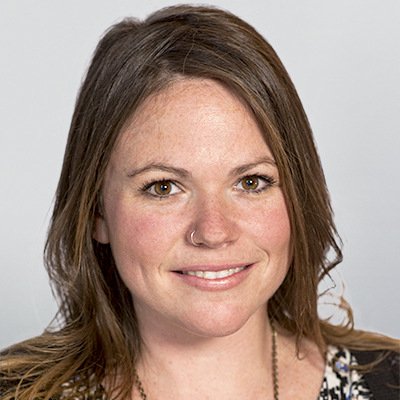According to Amy, gene therapies, which can allow researchers to deliver a health gene to patients through a modified virus, show great potential for treating diseases like ALS. In May 2019, the U.S. Food and Drug Administration approved the first gene therapy designed to treat young children with SMA. Like ALS, SMA is a neurodegenerative disease, as well as a leading genetic cause of infant mortality. Amy is hoping the learnings from research into treatments like these can spur a breakthrough in ALS.
“I’m very hopeful we will see progress in the next 10 years,” Amy says. “I know there are a lot of researchers out there who are working tirelessly on diseases like ALS, picking up after each failure and taking us closer to a new discovery with each option they try.”
As our payment system evolves to incorporate cutting-edge treatments like gene therapies that have the potential to treat or cure diseases like ALS, it’s crucial that innovative medicines are accessible and affordable for the patients who need them. To learn how America’s biopharmaceutical companies are exploring innovative payment mechanisms, such as outcomes-based contracts, visit innovation.org.


